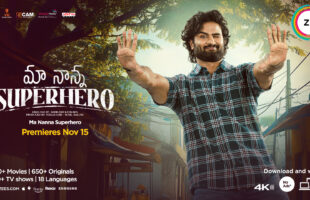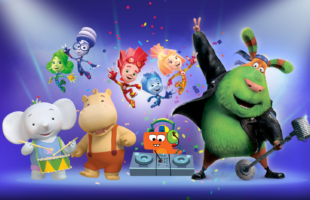
After a year of experiencing sports like never before, viewing habits have changed significantly. Sports content providers have needed to respond to the challenges of unpredictable live events and the lack of content, as well as react to consumer’s changing habits. This has resulted in a careful balancing act, with providers needing to manage viewer’s expectations while also generating excitement and engagement around key sporting events.
The impact of sports OTT
There is no disputing the popularity of OTT services, there are now more than 400 million viewers using OTT streaming platforms in the Asia Pacific. Many sports organizations and content providers are recognizing the importance of reaching out to fans directly, with tailored content that fills the gaps in disrupted schedules. OTT offers a way to leverage an established brand, drive new sponsorship activations and create supplementary content formats. From repurposing classic archive footage to showcasing the highlight reels of a fan’s favourite player, there are a host of ways to differentiate viewing.
OTT offers the sports industry a unique opportunity to maximize audience engagement. The creation of a branded content hub allows content providers to have complete control over how they connect with fans. Providers can not only generate new content formats but also respond to user analytics and gain insights into how subscribers are interacting with the content they are offering. This connection with consumers will remain vital, long after the pandemic is over.
The social aspect of sport
Watching sporting events is fundamentally a social activity and with fans unable to see games in the stadium, or out with friends, they have turned to alternatives to fill the gap. Due to the restrictions of the pandemic, there has been a significant rise in remote social watching across the globe. A study conducted last year found that 76% of sports fans in the US want more ‘watch party’ experiences and we can expect this trend to grow globally. Even as social distancing restrictions ease, fans watching from home will be keen to maintain the benefits of new viewing habits with friends further afield.
Even when audiences are not subscribed to platforms with co-watching options, they are seeking out their own ways of connecting with like-minded viewers to enjoy their favourite sport. Many are using messaging apps or social media to start discussions around sports events and content providers are keen to join the conversation. By integrating messaging and social sharing options into OTT platforms, providers can allow fans to distribute bite-sized content and promote their brand. These integrations also enable OTT providers to leverage sponsorship opportunities and brand activations that can generate valuable new partnerships.

The shift in audience behaviour
The rise of the second screen has been well documented, 86% of internet users now use other devices while watching TV. To leverage this, providers are looking to offer additional content to supplement OTT viewing. With viewers’ attention split between screens, it’s important to maximize engagement across all platforms. Rather than passively consuming the generic stats which accompany matches, providers can integrate customizable stats on devices. This would allow viewers to select and filter the information they are interested in or find out more about their favourite player.
OTT providers also need to add value with supplementary content that supports the main event. It is important to consider all the stages of interaction and multiple touchpoints for each game. By collating archive content into bitesize formats, they can capture the viewer’s imagination in the run-up to the match, maintain audience attention during gaps in play and weigh in on the post-match analysis. Short-form content can be tailored to fans on both sides and promote a sense of community within each camp, prompting comment and interaction amongst subscribers.
Supplementary content can also tap into new innovations such as Augmented Reality (AR) to drive engagement. AR delivers a novelty element for consumers and gamifies content to provide sustained interaction, allowing OTT providers to offer additional value for their sponsors. AR also provides a catalyst for social media campaigns, with the ability to generate meme content or unique branded stories for sponsors. This helps to extend a brand’s story beyond match day and leverage subscriber engagement both inside and outside the platform.
Moving forward, OTT providers need to consider not only how they deliver the main event, but also the audience’s patterns of behaviour while they watch sport. The pandemic has accelerated certain industry trends but also created completely new audience habits. These consumer viewing habits will drive the direction of content consumption in the coming years. OTT providers will need to stay one step ahead to maximize these opportunities and differentiate their offering.
About the author:
Luke has over 15 years experience working in the digital media and technology space at Brightcove, Channel4 and OC&C Consultants. During this time, Luke has held roles in several disciplines including Strategy, Product Management, Operations and Business Development. He has a deep understanding of the economics and technology behind video streaming services and has worked with the likes of the BBC, Sony Pictures Television, Hulu Japan and Turner Broadcasting.







